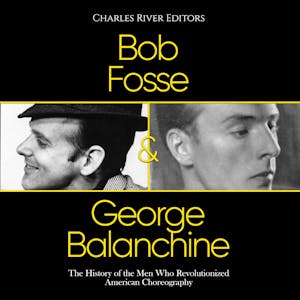By the turn of the 20th century, American entertainment was still preoccupied with European-style operetta, as embodied in the works of cellist-composer Victor Herbert. Traditional dance forms moved from European stories to the American prairie in Oklahoma by the late 1940s, and what was once the property of Bavarian princes became the singing standards of cowboys riding through the corn fields in Oh What a Beautiful Morning and Out of My Dreams. At the time, the availability of classical ballet in America was scant. In contrast to the evolution of an American style in musical theater, Broadway, and film, ballet in the United States was ushered in largely through the efforts of an individual who brought with him a strong traditional sense from Russia and the rest of Europe but was intent on producing a distinctly American style. Other experimentalists appeared, such as Isadora Duncan, but it was George Balanchine who managed to institutionalize and fund both a hybrid traditional as well as experimental form.
In the 1960s, Bob Fosse emerged as one of the leading dancers, actors, choreographers, directors, screenwriters and film directors on Broadway and in Hollywood. He became famous for conquering several fields on the musical stage and film simultaneously in a way that no one has before or since. It is said that “only Busby Berkeley compares” to Fosse despite the fact that Berkeley was never a dancer, and that Fosse enjoyed eight Broadway hits to Berkeley’s one. Fosse forever changed the way the modern audience viewed dance on stage and film. Coupling his rise with the sexual freedom movement, he is known for an “intense, unbelievably driven, provocative, entertaining…sexual, physically demanding” choreographic style. Difficult for even the best dancers, the range of expression encompasses “joyous humor, as well as bleak cynicism.”
